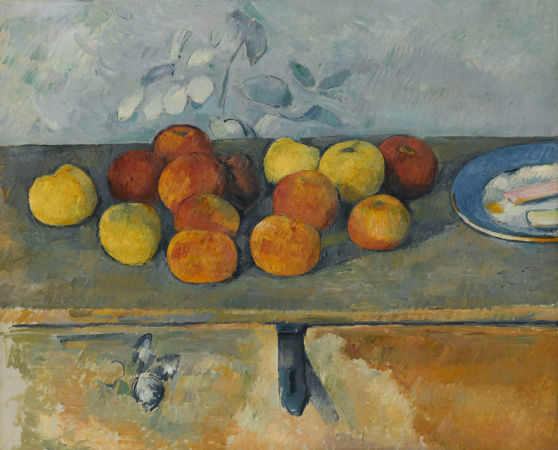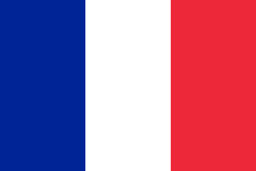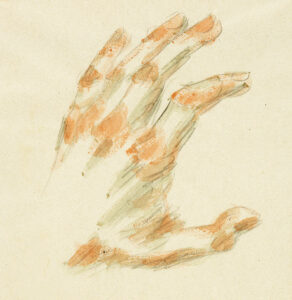Our Headway in Numbers
Hover over each number to display info.

5509
Over 5,500 catalogue entries, edits and updates have been registered on the Leo Marchutz online catalogue raisonné platform. This includes: creating the initial catalogue entry on each work and all subsequent additions or changes concerning its title, date, medium, provenance, exhibit history, published references, condition, signature, markings, images, and related works.
355
350+ paintings have been documented and cataloged, including 92 pre-war paintings and 263 “large format” paintings.
83
More than 80 published literary references have been linked to specific works.
110
110 individuals and organizations have shown their support of the catalogue raisonné with their generous funding of our non-profit, volunteer project to document the artwork of Leo Marchutz.
1
Our first exclusive interview, a 30-minute video, recounts the origins and implementation of the Marchutz collection of large format paintings at the St. Marc Jaumegarde Chapel. This historic document features the informative and moving testimony of François de Asis, fellow-painter, longtime friend and confidant of Leo Marchutz.
215
More than 200 individual works of Leo Marchutz have been found in museums around the world, including New York’s Met, MOMA, and Brooklyn Museums, The Smithsonian in Washington, Albertina in Vienna, Lenbachhaus in Munich, Musée Granet, Aix-en-Provence, and Sapienza University in Rome.
76
76 public and private collections of Leo Marchutz’s paintings have been identified.
233
230+ paintings have been professionally photographed and digitally archived, including numerous fragile works on paper.
42
42 exhibitions of Marchutz’s work have been documented and recorded online.
Whys and wherefores of a catalogue raisonné
The project to create a catalogue raisonné of the work of painter and lithographer Leo Marchutz was launched in 2019. It was the first coordinated effort to research, locate, and digitally record information on the body of the artist’s work. But what exactly is a catalogue raisonné? What are its goals? How long can it take? And how can modern technologies assist in the documentation process?
What is a catalogue raisonné ?
A catalogue raisonné is a methodical, descriptive compilation of all the known works of an artist, either in a particular medium or all media.
Each work is annotated with detailed information, including title and title variations, date, size, medium, history of ownership (provenance), as well as exhibition history, literary references, condition, signatures, markings, image(s), and related works…
What is the purpose of a catalogue raisonné?
– Preserve the artists’ legacy for future generations.
– Provide the most complete and precise information on each work.
– Become a reference for art historians and researchers.
– Serve as a tool for museum curators and exhibit commissioners.
– Enable art-lovers, students, and collectors to familiarize themselves with the body of the artist’s work.
An Example: Cezanne's Catalogue
Raisonné - 115 Years in the making
The complete online catalogue raisonné of Paul Cézanne went live on January 19th, 2019. But one could say that the story of its making began more than a century earlier, in 1904. Here is a short version of a story that puts into perspective the ongoing process of a catalogue raisonné.
Pommes et biscuits, Paul Cézanne, 1879-1880.
(Musée de l’Orangerie, Paris)

Pommes et biscuits, Paul Cézanne, 1879-1880.
(Musée de l’Orangerie, Paris)
An online Tool
Digital technology assisting the documentation process
An online catalogue raisonné is an organic, living document. Unlike printed catalogs, it allows for continual and immediate updates of information. It can integrate audio, video, and interactive content, permits the storage of unlimited amounts of data and images, and offers a multitude of search possibilities. In addition, it allows for controlled and progressive access to the catalog for research or exhibition purposes.
For all these reasons, The Marchutz Catalogue Raisonné Project opted for an online catalog assisted by panOpticon, a cloud-based information management system specifically designed for catalogue raisonné research and data preservation.
The online research platform adheres to best practices as recommended by the The Catalogue Raisonné Scholars Association; it uses Categories for the Description of Works of Art as a standard for describing artwork, and The Chicago Manual of Style as a style guide. Its unique software greatly facilitates the entry of data according to these rigorous guidelines.
panOpticon hosts the online catalogs for over 90 artists, including Paul Cezanne, Mary Cassatt, Roy Lichtenstein, Sam Francis, Joaquín Torres-García, Fitz Henry Lane, and John Singer Sargent.


